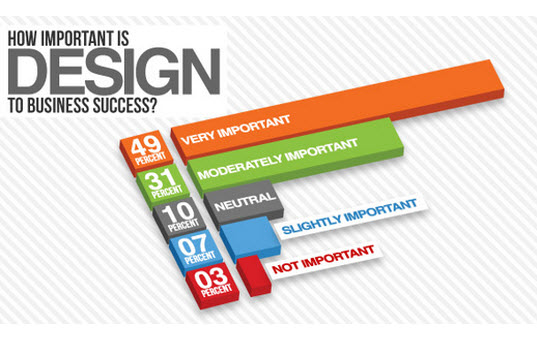Fascinated In Finding Out Just How Website Style Has Transformed Over The Years? Explore The Development From Basic, Straightforward Styles To User-Centered Approaches That Prioritize The Demands And Preferences Of On The Internet Visitors
Fascinated In Finding Out Just How Website Style Has Transformed Over The Years? Explore The Development From Basic, Straightforward Styles To User-Centered Approaches That Prioritize The Demands And Preferences Of On The Internet Visitors
Blog Article
Article By-Monroe Singer
In the past, web sites were easy and concentrated on information. Navigating was straight, and layout was for desktops. Currently, customer experience is crucial. Data guides styles for very easy navigation. Receptive layouts fit various gadgets. Today, dark setting decreases strain, and minimal food selections improve navigating. Interactive attributes involve individuals, and bold visuals stick out. AI combination enhances engagement. See just how seo site optimization has progressed to improve your on-line trip.
Very Early Days of Website Design
In the early days of web design, simpleness preponderated. Internet sites were standard, with limited shades, fonts, and designs. The emphasis was on providing information as opposed to showy visuals. Individuals accessed the internet with slow dial-up links, so speed and functionality were crucial.
Navigation food selections were straightforward, normally located on top or side of the page. visit my homepage were created for desktop, as mobile surfing had not been yet prevalent. Content was king, and designers prioritized simple readability over complicated style elements.
HTML was the key coding language made use of, and developers had to function within its restrictions. Animations and interactive features were very little contrasted to today's criteria. Sites were static, with little vibrant web content or individualized individual experiences.
Increase of User-Focused Layout
With the advancement of web site layout, a shift towards user-focused layout principles has actually become increasingly popular. https://gregoryojeyt.blog2freedom.com/29876995/learn-how-to-properly-draw-in-local-clients-utilizing-neighborhood-seo-techniques-while-additionally-recognizing-the-broader-outreach-opportunities-of-conventional-seo-discover-the-vital-distinctions-between-the-two-techniques , creating internet sites that focus on individual experience is vital for engaging visitors and achieving service objectives. User-focused design includes comprehending the requirements, choices, and behaviors of your target market to tailor the internet site's design, content, and features accordingly.
Designers currently conduct extensive research, such as individual surveys and use screening, to gather understandings and responses straight from individuals. This data-driven technique helps in producing instinctive navigating, clear calls-to-action, and visually enticing user interfaces that resonate with visitors. By placing the individual at the facility of the design procedure, websites can deliver a more personalized and delightful experience.
Responsive style has likewise become a crucial facet of user-focused layout, making sure that websites are enhanced for different tools and display sizes. This adaptability improves availability and functionality, dealing with the diverse means users connect with websites today. Fundamentally, the surge of user-focused style symbolizes a shift towards developing digital experiences that focus on the requirements and assumptions of the end customer.
Modern Trends in Website Design
Discover the most up to date patterns shaping website design today. One prominent fad is dark mode design, using a smooth and modern appearance while reducing eye stress in low-light atmospheres. An additional crucial trend is minimal navigation, simplifying food selections and boosting user experience by focusing on essential elements. Incorporating seo and digital marketing -interactions, such as computer animated switches or scrolling effects, can develop a much more interesting and interactive internet site. Responsive style remains vital, making sure seamless user experiences across different devices. Additionally, utilizing strong typography and asymmetrical designs can add visual rate of interest and draw attention to particular web content.
Incorporating AI innovation, like chatbots for client support or customized suggestions, boosts customer interaction and streamlines processes. Ease of access has also become a substantial fad, with developers prioritizing inclusive design practices to accommodate diverse user requirements. Embracing sustainability by enhancing site performance for speed and effectiveness is another emerging pattern in web design. Teaming up with user comments and data analytics to iterate and boost design continually is vital for remaining relevant in the ever-evolving electronic landscape. By embracing these modern fads, you can produce a visually enticing, easy to use site that reverberates with your target market.
Conclusion
As you assess the development of internet site style from the very early days to now, you can see how user-focused design has ended up being the driving force behind contemporary fads.
Embrace the journey of adjustment and adjustment in website design, constantly maintaining the customer experience at the forefront.
Stay current with the current patterns and innovations, and never stop evolving your approach to develop aesthetically magnificent and easy to use websites.
Evolve, adapt, and create - the future of website design is in your hands.
